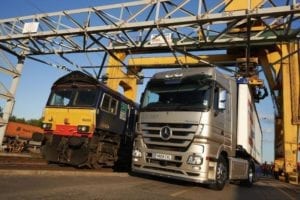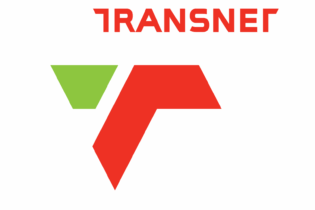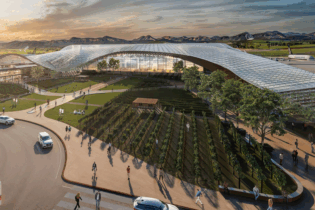For years, road hauliers and railroads have competed for the same business.
Inefficiencies, high costs and high demands dictate re-evaluation of the synergies. Moving freight from road to rail and from rail to road has never been easier or more cost-effective. Profits can be increased by focusing on the strengths of each. Road haulier strengths: • Understanding client requirements• Just-in-time deliveries
• Flexibility of routes
• Low capital costs But, South Africa is a world leader in heavy duty fatalities. It is unsustainable to continue moving freight as we have in the past. We’re going to end up with high systems cost, we’ll have resource constraints, high pollution, road infrastructure deterioration and an increase in overloading. Railroad strengths: • Fuel efficiencies
• Carbon footprint reduction
• Reduction of highway carnage
• Reduced road infrastructure costs
• Reduced cost of Nepad logistics Lessons from India Many years ago, the railways in India were virtually bankrupt; they couldn’t pay government they couldn’t pay their loans and they were battling to pay their staff. But they turned it around through asset upgrades, better asset utilisation, market-based competitive pricing, improved length density and increased train frequency. They achieved the turnaround without fare increases, without privatisation and without retrenchments. After ten years, they had a $6 billion surplus – after settling all debts and loans.
More cooperation between road and rail is needed to get Africa running. We need to focus on specific links in the supply chain, such as Customs and Excise, where we need to get rid of delays and prepare Africa for the looming economic upswing.
We need job sustainability and must increase profitability, without increasing tariffs. We must provide complimentary services to accommodate limited infrastructure. Profits must not be driven by increasing costs – they can be driven through more efficient business and by switching assets. If we can open corridors – be it on road or rail – we will generate cash which will grant access to finance. We need to generate cash and slowly, over time, become sustainable and profitable. Heavier, longer and more frequent trains turn assets quickly. The Department of Transport and Transnet already have a strategy that focuses on density, scale and frequency. The key question is: ‘How can this be achieved considering real limitations on capital infrastructure and rolling stock? One answer: apply bi-modal technology to move bulk and truckload traffic off the road. SADC markets are Transnet’s best opportunity to put trailers onto trains. Terminal anyway is a system that removes major barriers for extending or expanding an intermodal network. Simpler terminals are easier to operate, with no heavy lifting equipment required. We can move freight from road to rail and from rail to road without an expensive terminal and without the cranage that we know today. Intermodal trains can be assembled and disassembled under the wire. There is no requirement for additional traction and expensive switching in order to lift off containers. Benefits of bi-modal transportation: • Enterprises can take ownership of their specific link in each supply chain• Improves border transportation for trucks
• Enhances flexibility to cope with interruptions in infrastructure
• Cost reductions through fuel efficiency
• Prevention of road fatalities
• Expansion of networks to include remote farming and mining communities
• Ability to meet increases in demand relatively quickly
• Can provide scale, density and speed A change of mind-set by role-players is required. It is preferable to become part of the overall solution in order to control the future of your business. There are opportunities for all, as well as new opportunities for SMME owners and BEE operators. The time has come for cooperation between road and rail and for cooperation between state-owned companies and private enterprise. We all need to focus on efficiencies, to become more competitive and to be ready to meet the global demands that are soon to be placed on Africa.








